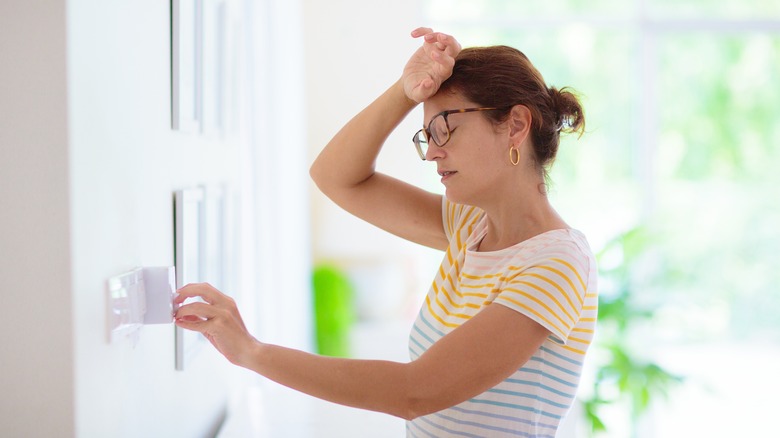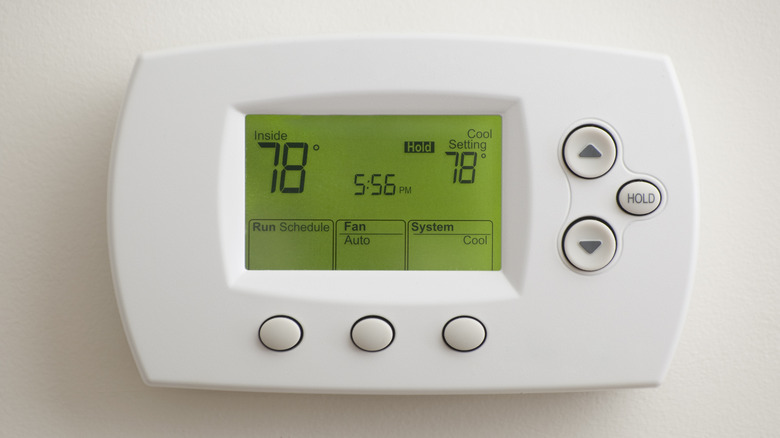The Best Thermostat Setting For Your Home During Summer
Air conditioning is a staple inside your home when outdoor temperatures reach their highest points during the summer. In desperate attempts to cool your house during the hottest times of the day, you may be inclined to adjust your home's thermostat to temperatures ranging from the low to mid-70s, if not to an even lower setting. While these settings may feel most suitable for you and the members of your household during the day, you may be in for a shock when you receive your first energy bill for the season. In order to keep your house relatively cool while still practicing energy conservation, it's best to set your thermostat to 78 degrees in your home during the summer, and raise the temperature a few notches or turn your HVAC system completely off when absent.
78 degrees may seem like too high a temperature setting when your objective is seeking relief from the summer heat, but adjusting your thermostat to lower temperatures won't cool off your home any faster than a more moderate setting. Slowly decrease your thermostat over time until you reach a desirable temperature, as this gives you better control over your HVAC system and keeps your energy costs at bay at the same time. Here's more on why 78 degrees is deemed the ideal thermostat setting by the U.S. Department of Energy and how following these thermostat-adjusting habits could help you save money on utility bills each month.
Start at 78 degrees and adjust accordingly
A common mistake homeowners make when using their air conditioning units during the summer is setting their thermostats too low while inside the house. Doing this could actually prevent your HVAC system from reaching its set temperature, causing the system to run endlessly and drive up your energy spending. Slowly increasing or decreasing your thermostat by one or two degrees at a time until you find your most comfortable setting is the best way to go, but don't overdo it. Adjusting your thermostat too frequently requires your air conditioner and furnace to constantly power on and off throughout the day, which also increases your overall energy usage. Use 78 degrees as a starting point, since a higher temperature setting slows the heat's travel from outside without overworking your HVAC system.
Setting your thermostat a few degrees higher than usual before you leave for work or an overnight trip allows your system to shut off on its own, rather than wasting energy attempting to cool a house with nobody inside. Installing a smart thermostat is an efficient way to cut back on energy costs since the device picks up your everyday habits and routines over time and can automatically enter energy-saving mode when it detects you aren't home.

